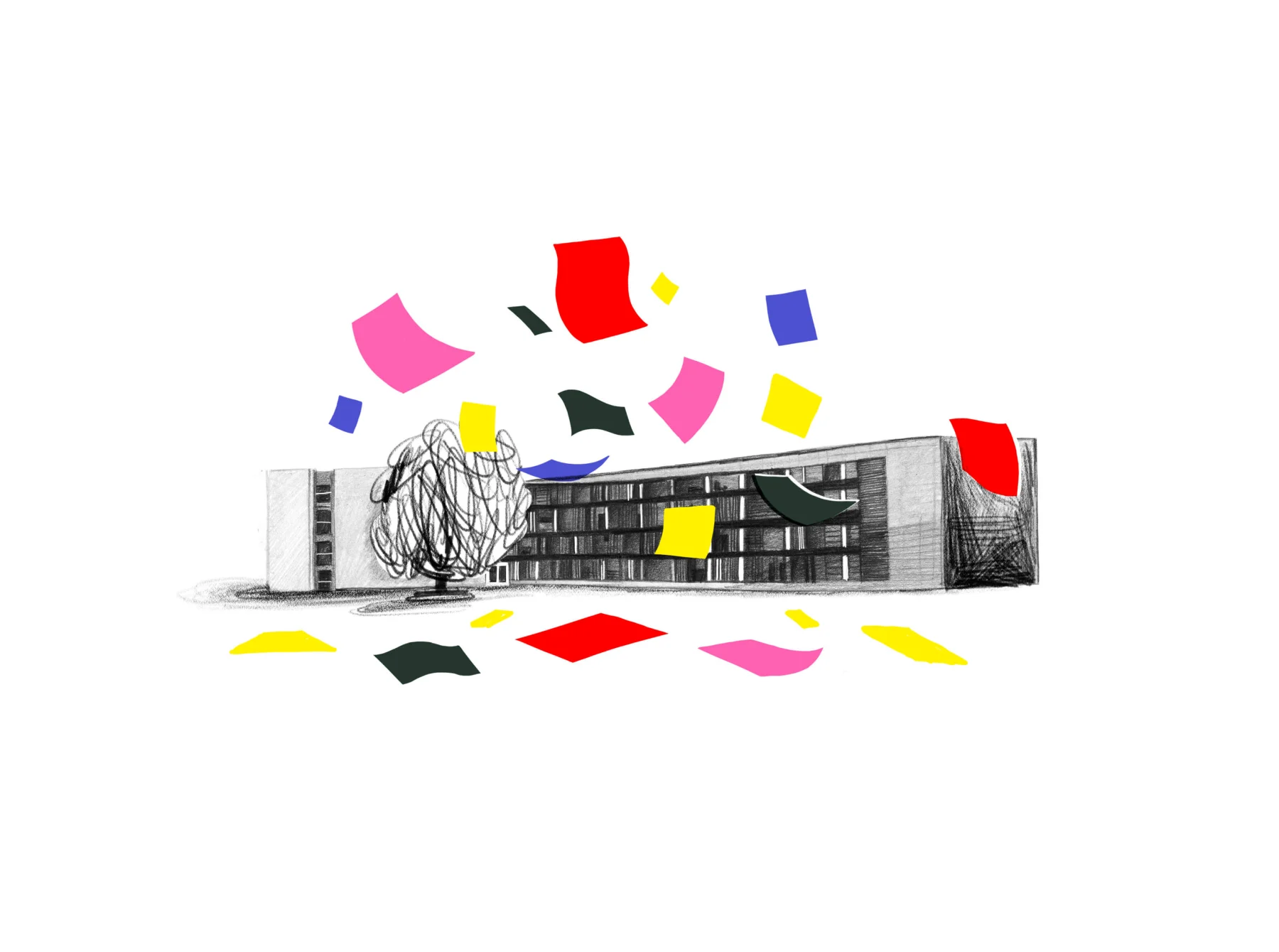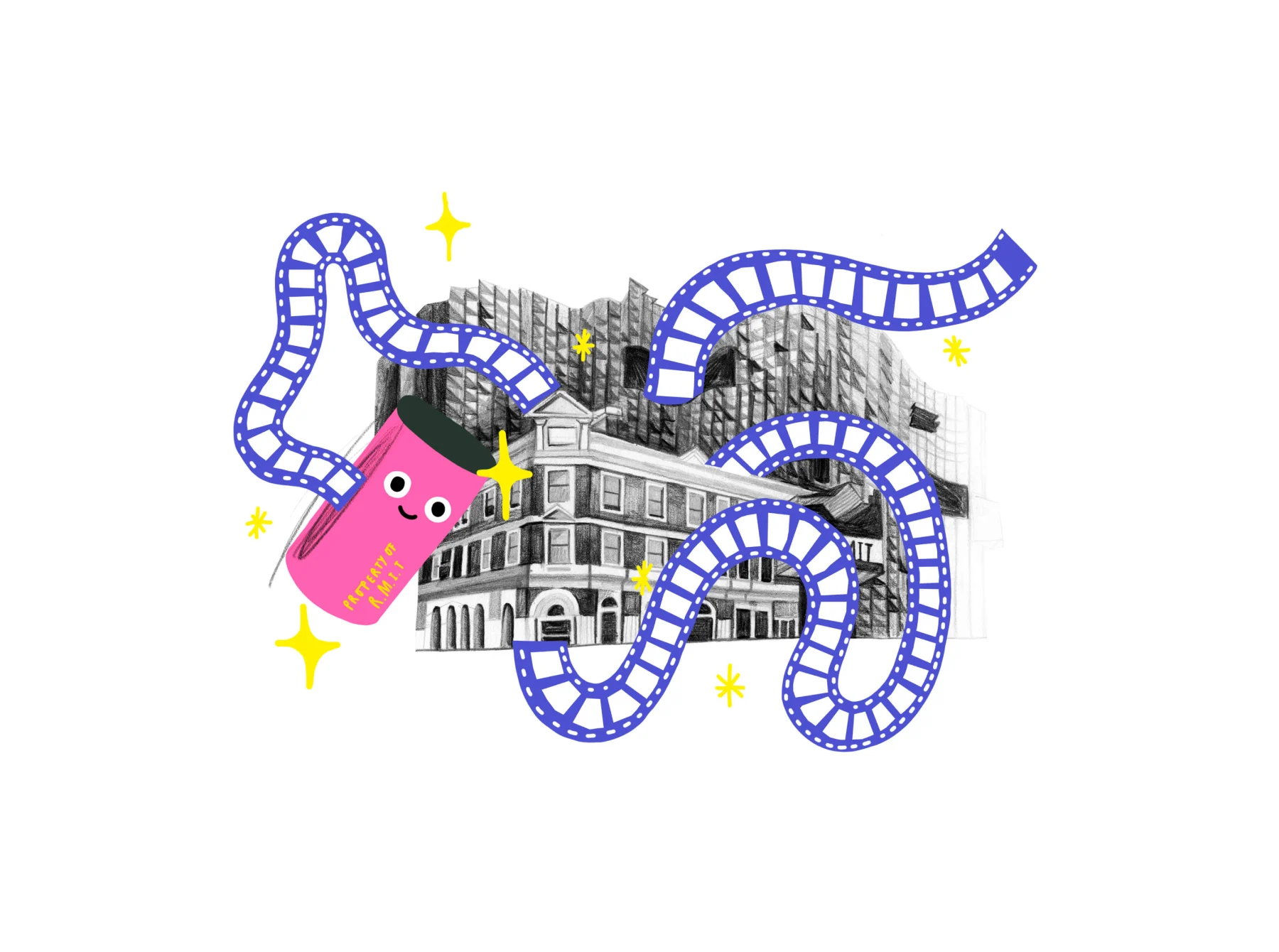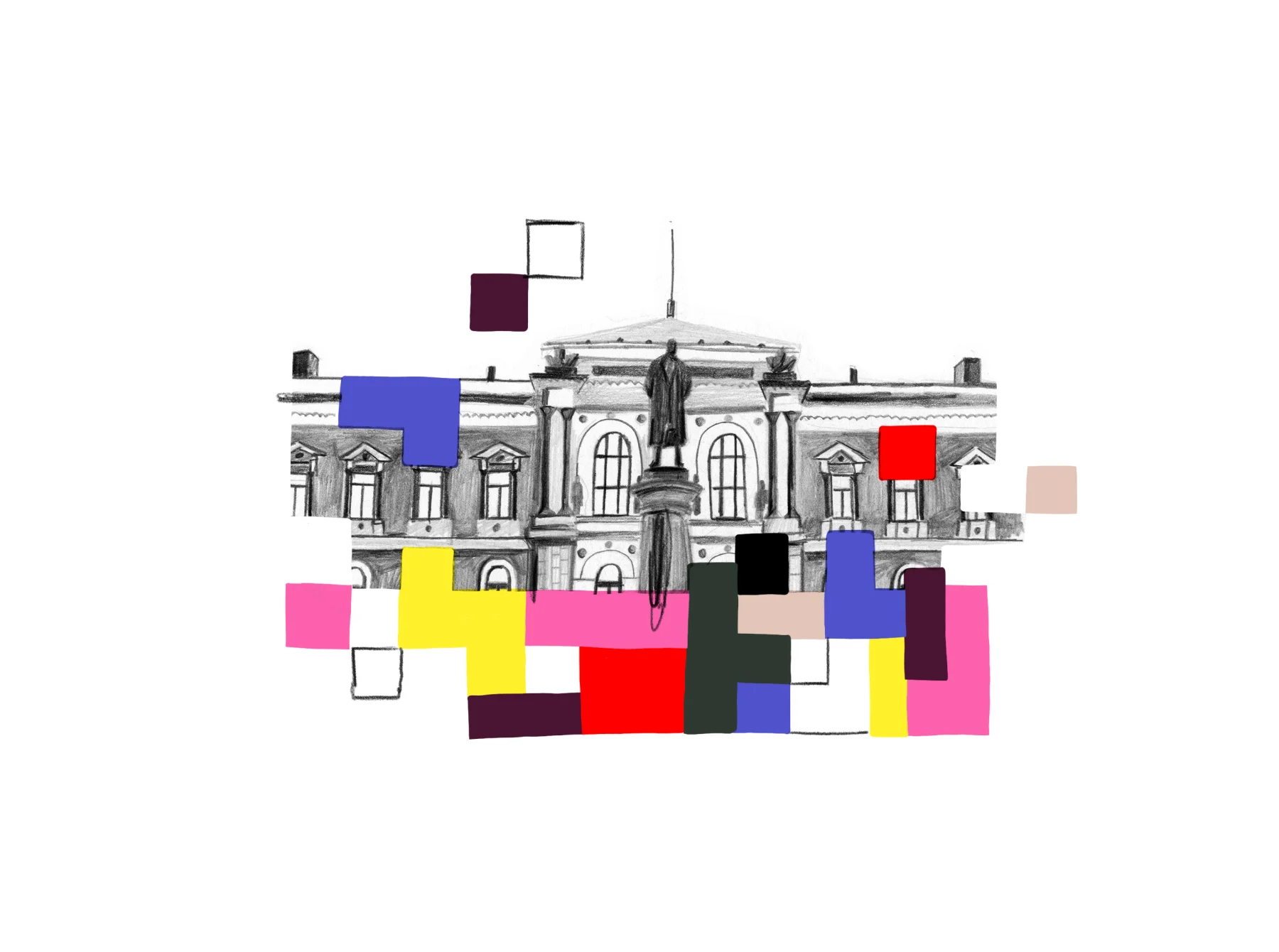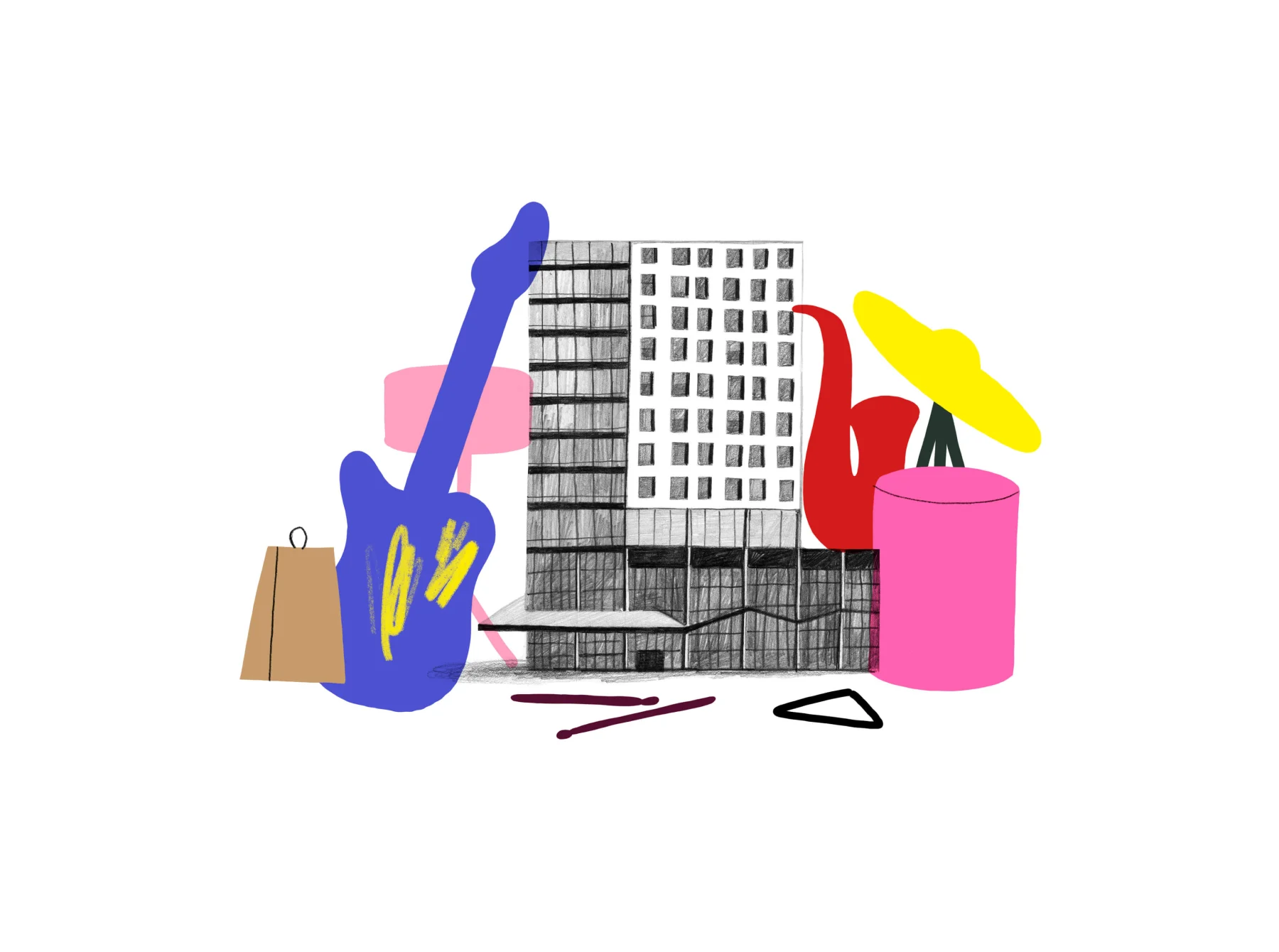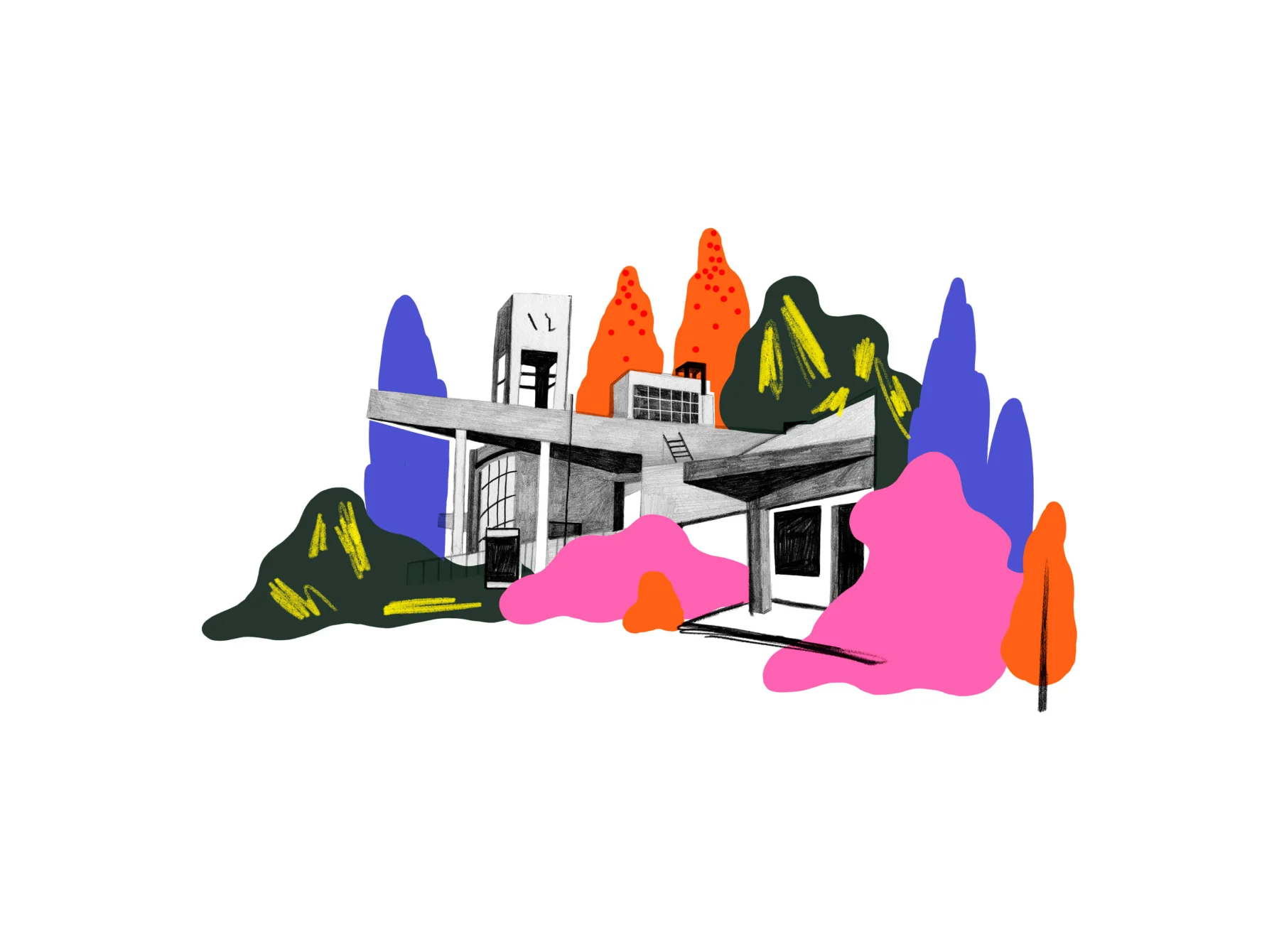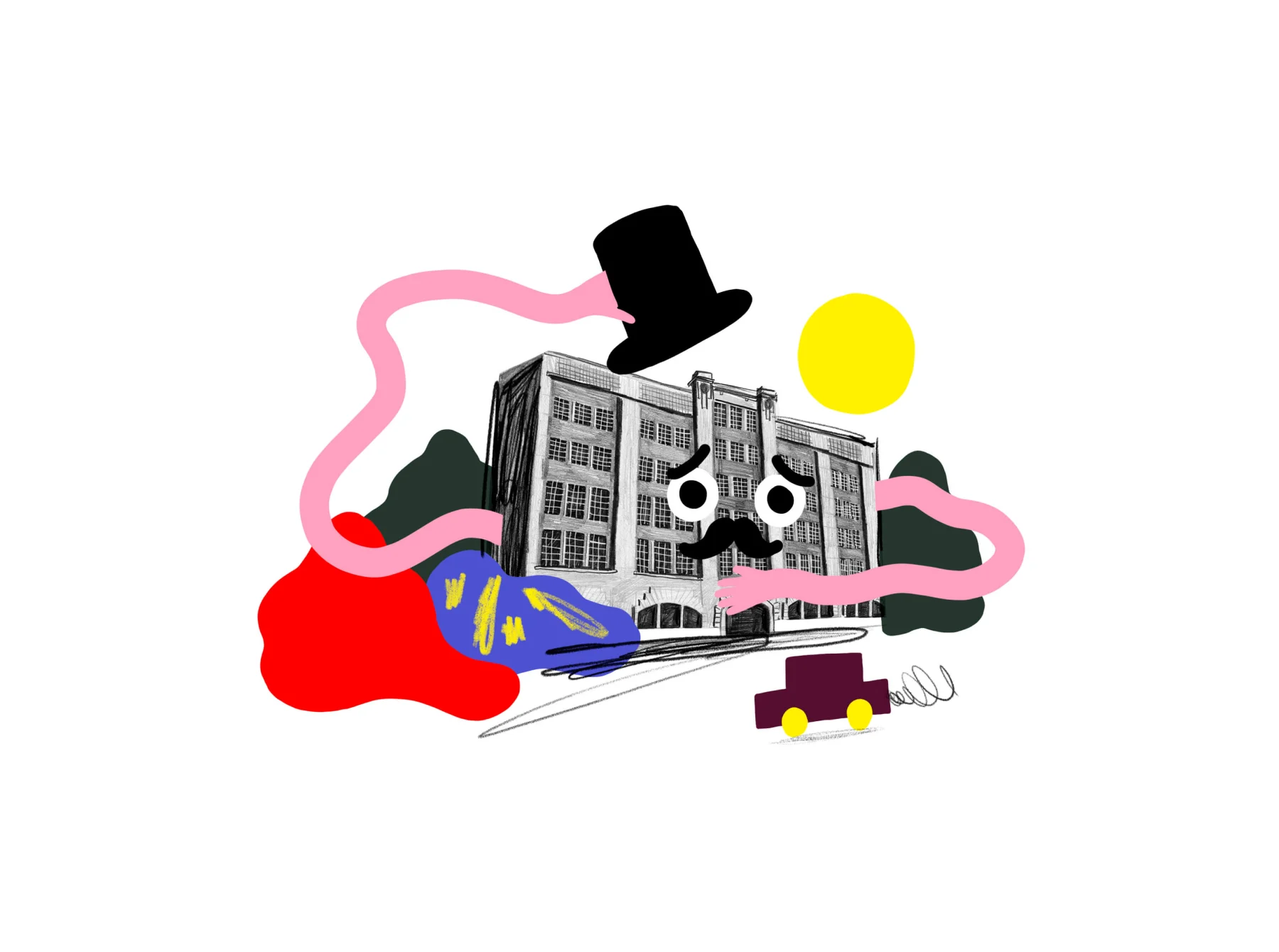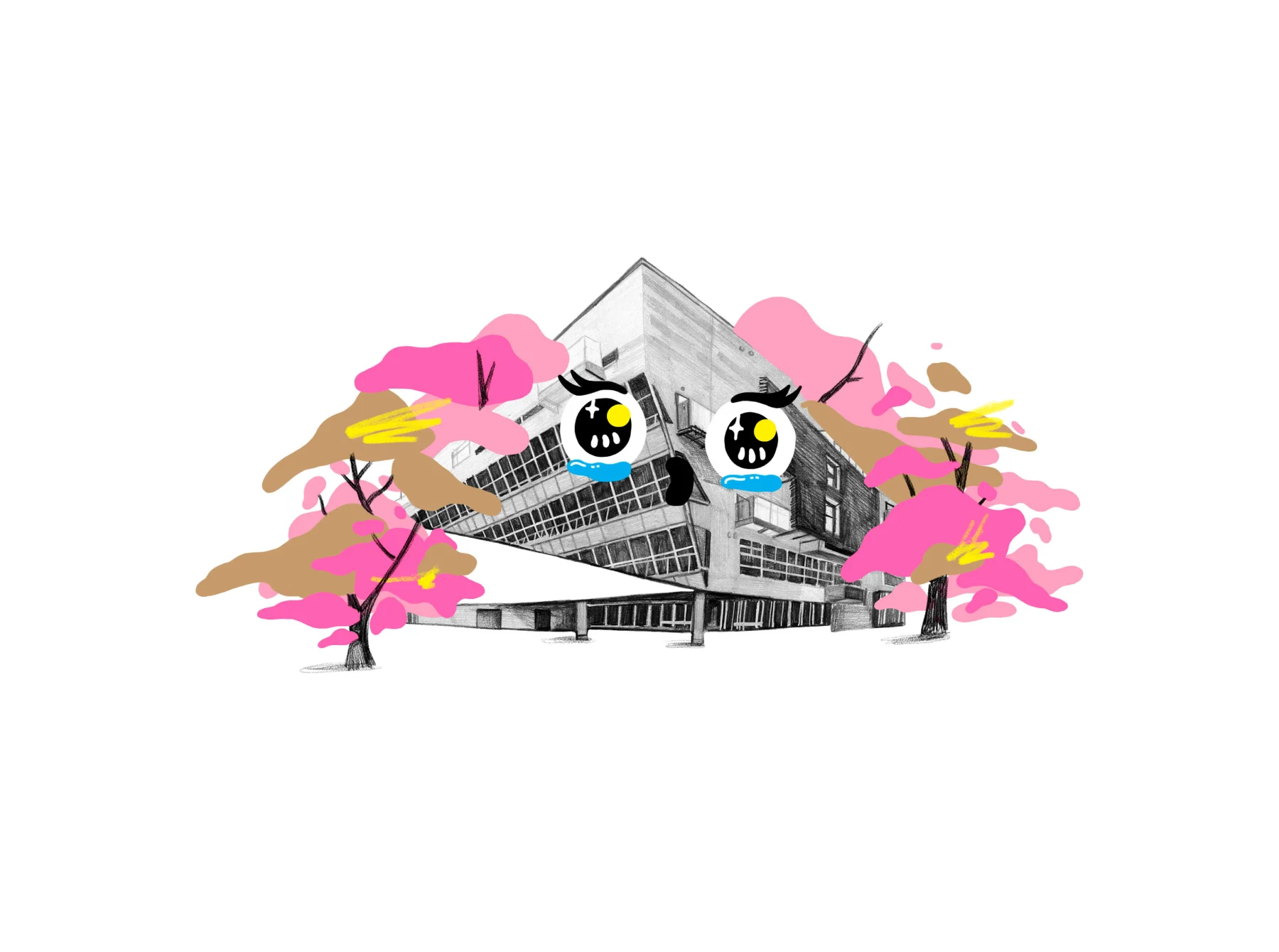
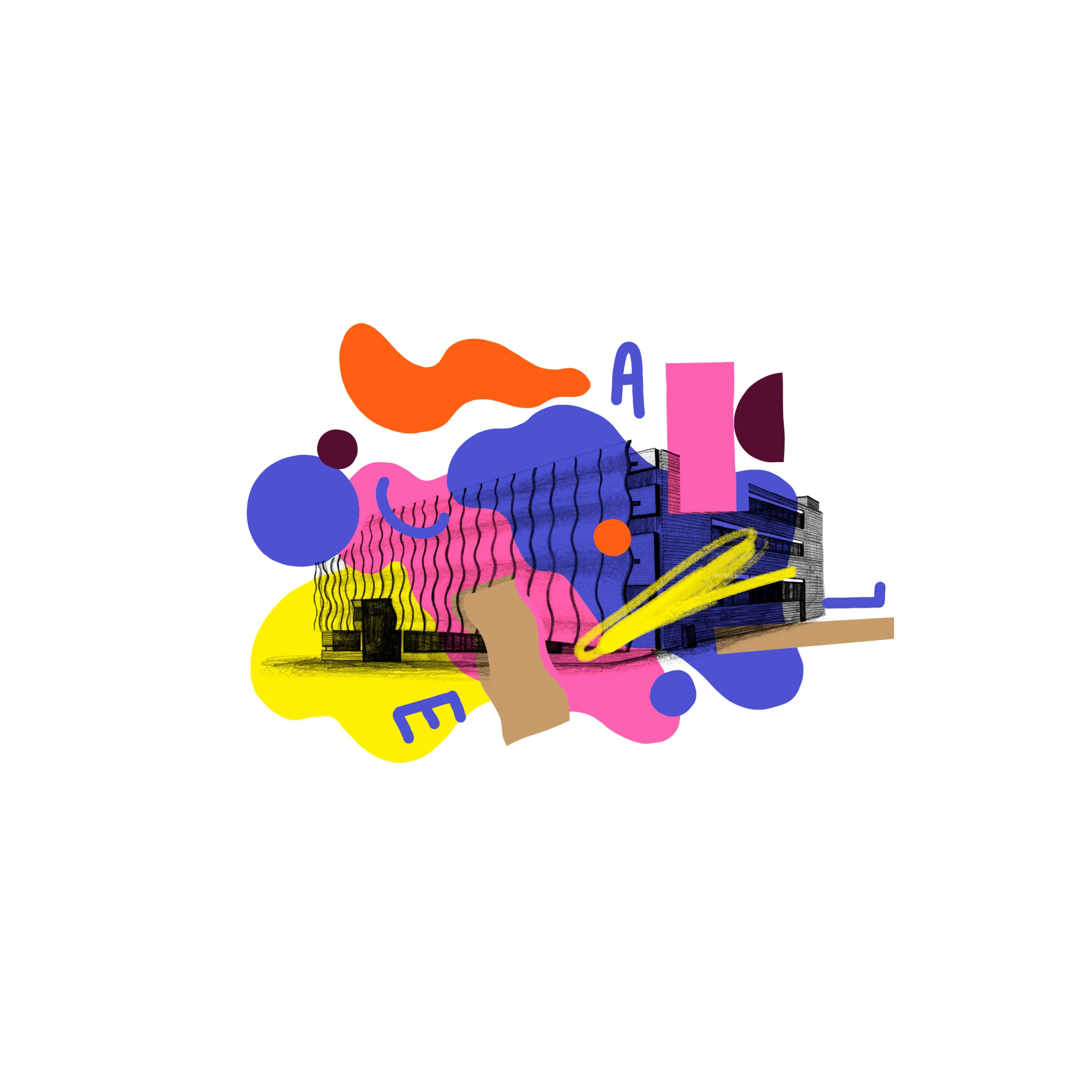
Creative education is vital. But creative education is, in places, broken. So WeTransfer has long been interested in supporting new types of programs.
It’s why we helped Nelly Ben Hayoun launch The University of the Underground, a free masters course that uses design thinking to challenge the way the world works.
From there, we developed the Pioneers list. Working with our pals at Creative Lives in Progress (formerly Lecture in Progress), we have identified eight schools around the world who deserve credit for doing things differently. See the whole list here.
“Do you like football?” asks Angelo Benedetto, head of the graphic design programme at art and design school, ECAL. “ECAL is like Manchester United. By bringing in the best players, they win competitions, and young footballers aspire to play for that team. In a way, things work like this at ECAL. There are some people who really dream of being here.”
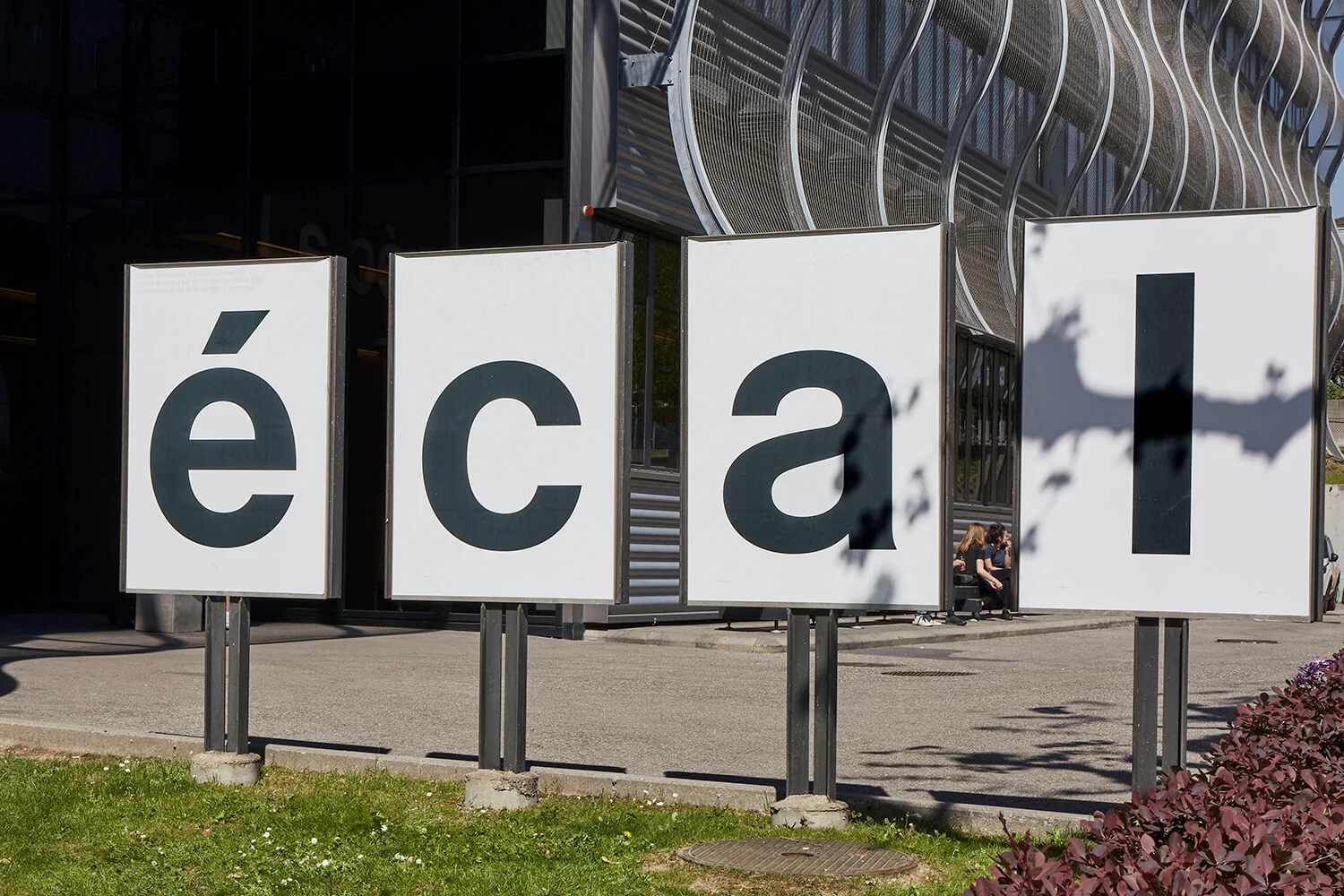
Via a video chat from the school’s base in Renens, a suburb of Lausanne, Angelo is unpicking what he thinks sets the school apart from other institutions. ECAL, or the École cantonale d’art de Lausanne, started life in 1821 as a small provincial school. Today, it’s one of the most prestigious art and design schools in the world, but with just 600 students in total, it has remained perhaps one of the smallest. “It makes it kind of like a club, but let’s face it, a lot of schools are like this, no?” says Angelo.
School pride is common, yes. But beyond the intimate club analogy, what is it that puts ECAL in an altogether different league? Part of the answer lies in its famously selective admissions process. For Angelo, it’s a case of considering a student’s potential, “We have to think about what the student can become.” Each year, its French-speaking graphic design programme sifts through over 100 portfolios, and admits only 25 students globally – a process Angelo describes as trying to find “crude diamonds.”
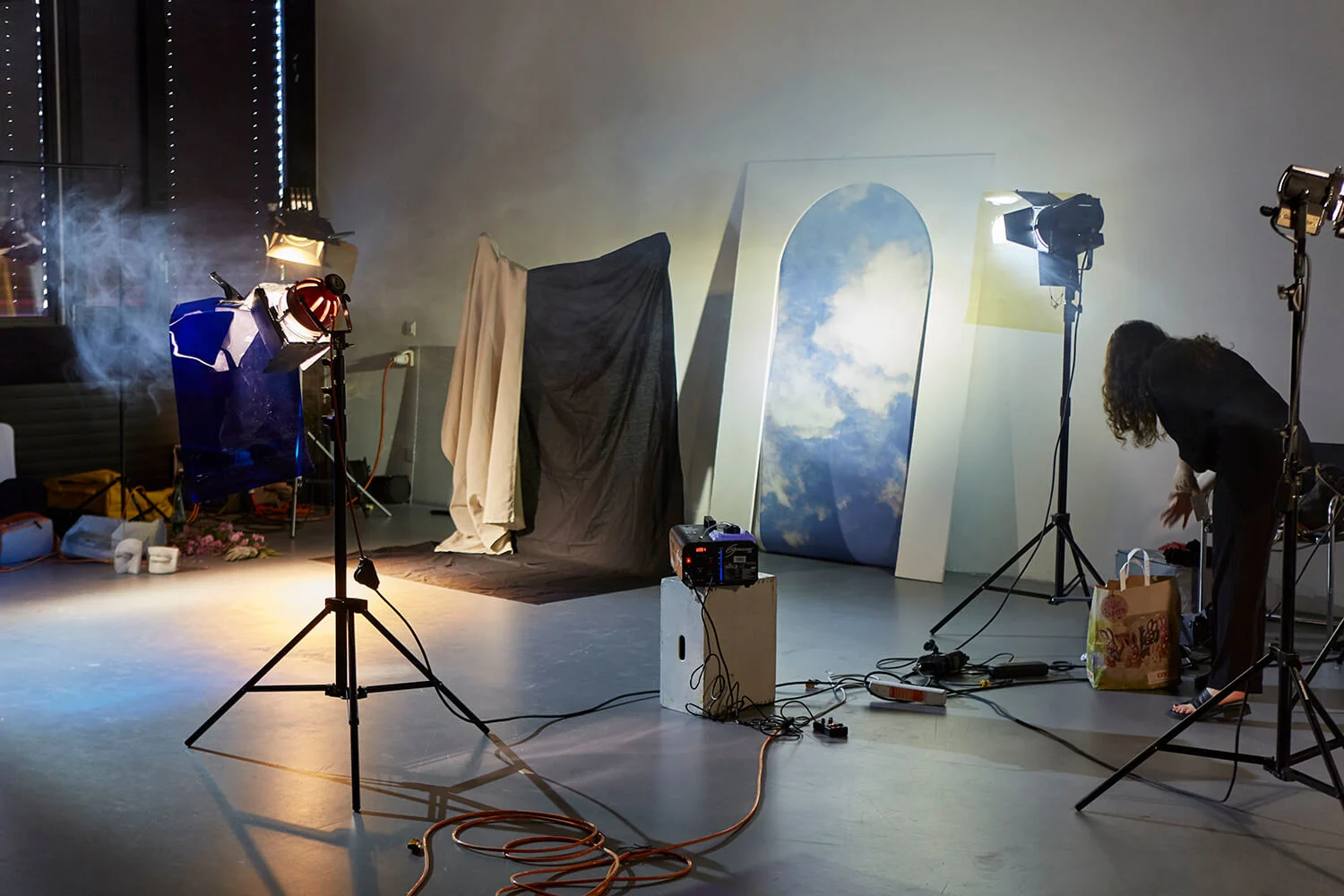
Just because it’s education, doesn’t mean we can't have fun and take risks.
Coupled with compact class sizes come attractively low fees, something of an anomaly within the Swiss landscape. Students (international and native) pay the same amount – in the region of €1,500 a year – no exceptions.
So far, it seems to be working; ECAL’s reputation speaks for itself, with graduates regularly appearing in the press and at conferences, launching type foundries or establishing successful design practices of their own.
What more can be said about a school that has published a book titled ECAL: A Success Story in Art and Design? Looking at a success story, what exactly does good creative education mean? With the price of higher education regularly debated, against an increasingly tough employment landscape, what is the role of a modern design school?
“That question is one I try to answer every day,” Angelo replies. His responsibility, he says, is first and foremost to prepare students for professional life. And it’s a sentiment shared by ECAL’s director, Alexis Georgacopoulos. “Any school, especially an art and design school, cannot be far from what’s going on in the professional world; it has to be involved in the fields it teaches. We’re talking about total involvement in the zeitgeist.”
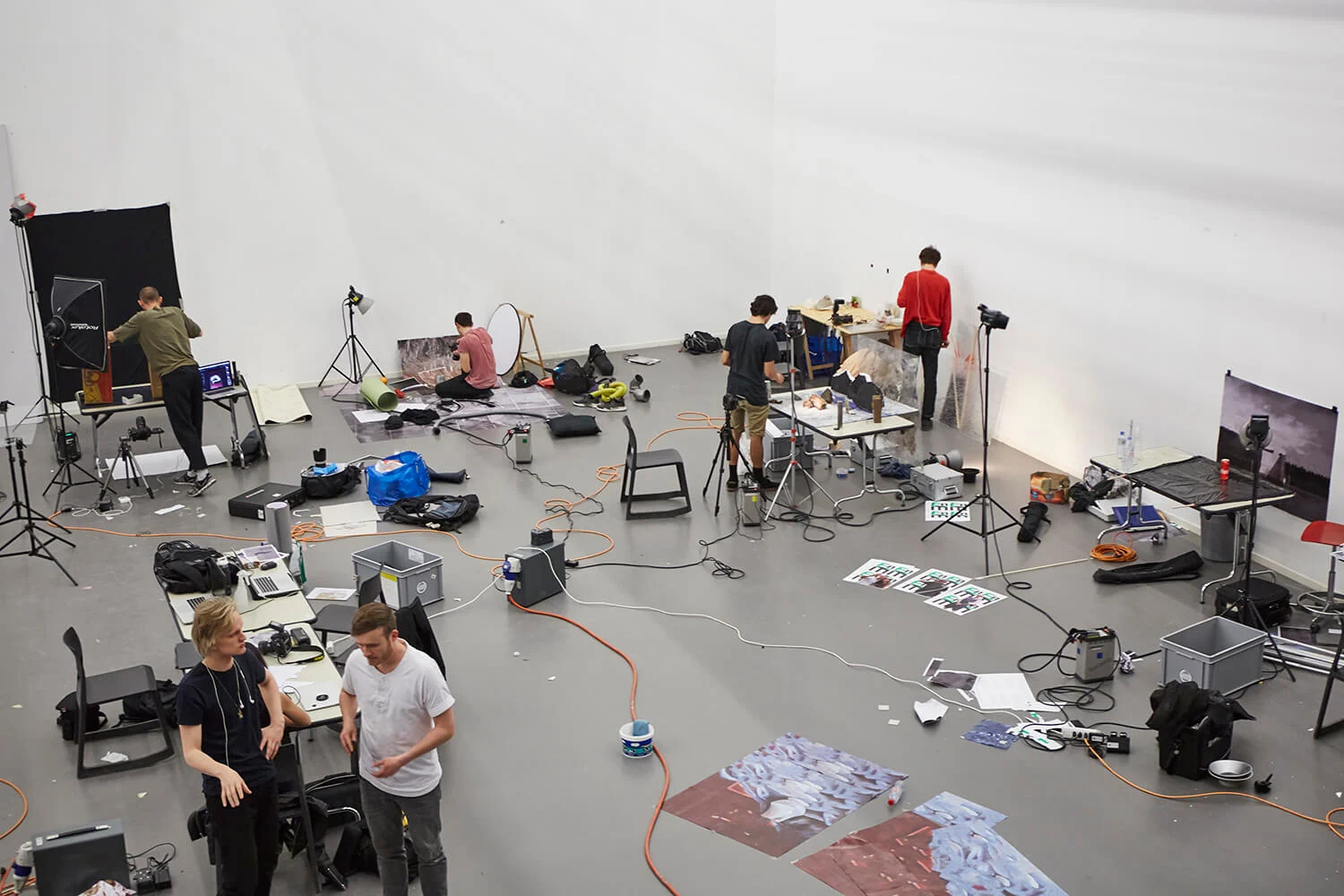
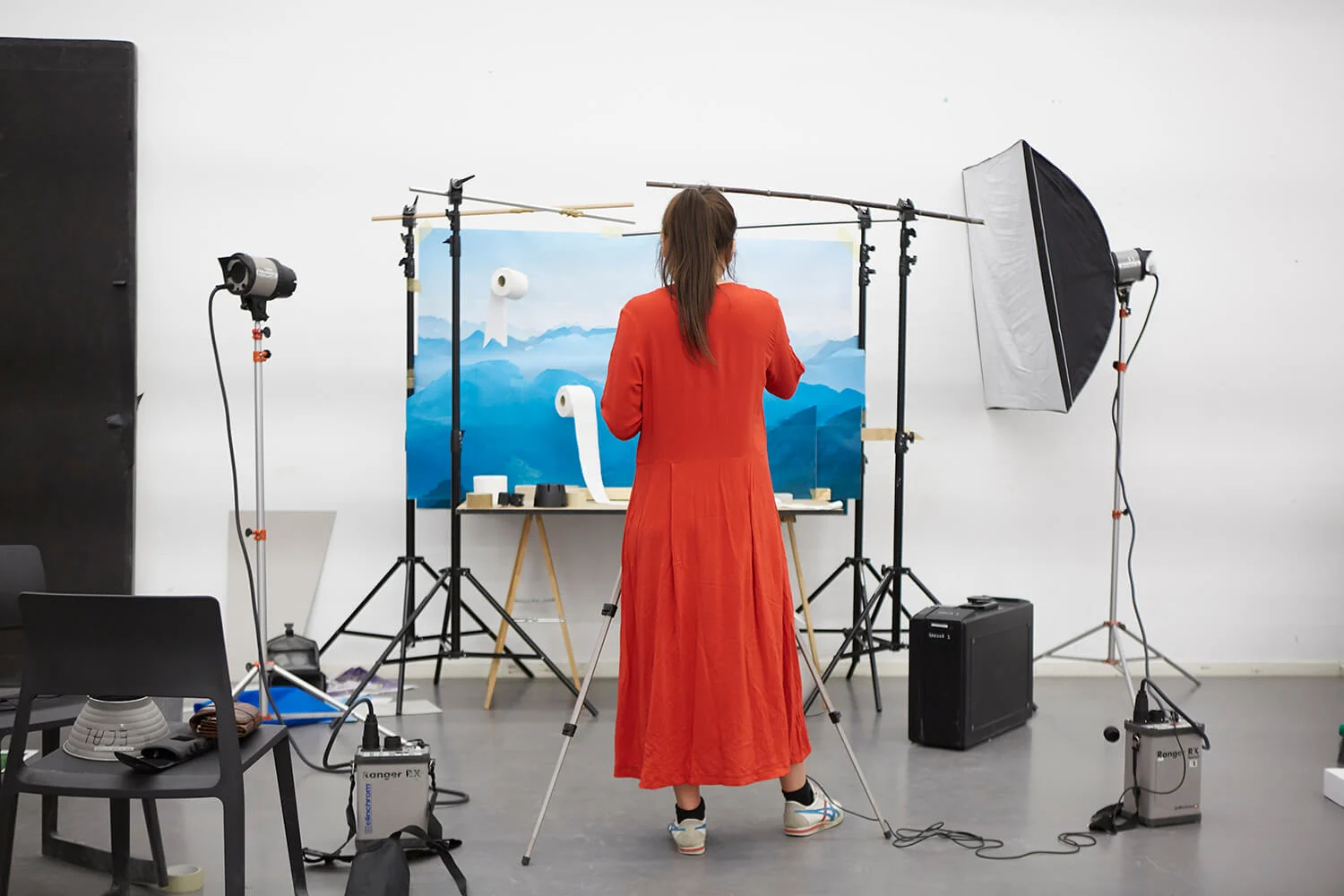
Any school, especially an art and design school, cannot be far from what’s going on in the professional world; it has to be involved in the fields it teaches.
This suitably progressive-sounding ethos for a modern school perhaps first found momentum in 1995, when graphic designer Pierre Keller took the reins at ECAL as its director. His instinct was to invite young industry leaders to lecture, and eventually replace local teachers who were not old, but old-fashioned in their teaching methods.
This approach built a bridge between the classroom and the professional world that continues to keep ECAL rooted in reality. Its current director exemplifies this. An ECAL industrial design graduate, Alexis became the youngest department head in Switzerland in 2000, aged just 24, before taking up the position as director in 2011. Since then, he has helped to nurture working relationships with brands, projects and industry leaders alike, with up to ten live projects running in parallel each semester.
Recent years have seen the likes of The Gentlewoman art director Veronica Ditting and progressive fashion title Novembre magazine leading workshops, with Tony Brook of design studio Spin, and design agency DIA joining the list this year. Paid collaborations have included work with brands such as Ikea, Camper, BMW and Nestlé, along with small local projects for institutions including the Orchestre de la Suisse Romande.

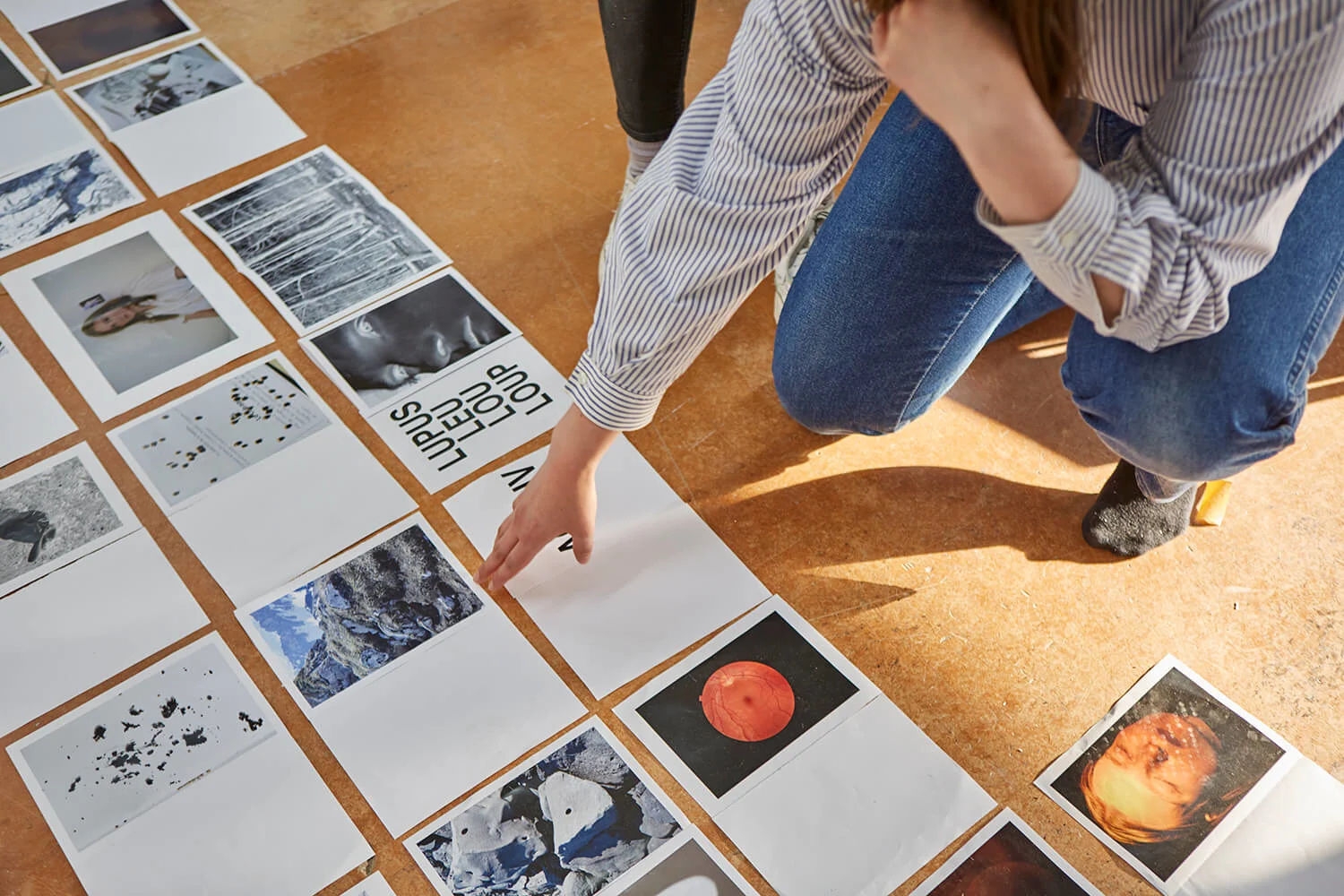
We’re not trying to follow trends, but we do have to be aware, reactive and critical of them.
And while industry collaboration is nothing new for design schools, ECAL ensures that these projects are taken outside of the classroom and exhibited to the wider world, as opposed to remaining in a student’s portfolio. An ongoing relationship with Milan’s Salone del Mobile for example has seen public displays of student work reimagining everything from the selfie to meat-eating.
Pragmatism is wholly characteristic of the ECAL way; students should be able to think, but also make. Undeniably embedded within the heritage of Swiss graphic design, there is naturally a strong regard for type design and editorial work. But while steeped in history, ECAL doesn’t rely on tradition alone.
With facilities that range from lithography to 3D printing, students are taught about a range of traditional and modern processes, with the hope that an understanding of the past will inform them in their imagining of the future. “We’re not trying to follow trends,” Angelo explains, “but we do have to be aware, reactive and critical of them.” Because of this, ECAL has become a magnet for people who want to unite a technical skill set with conceptual purpose, developed in tandem.
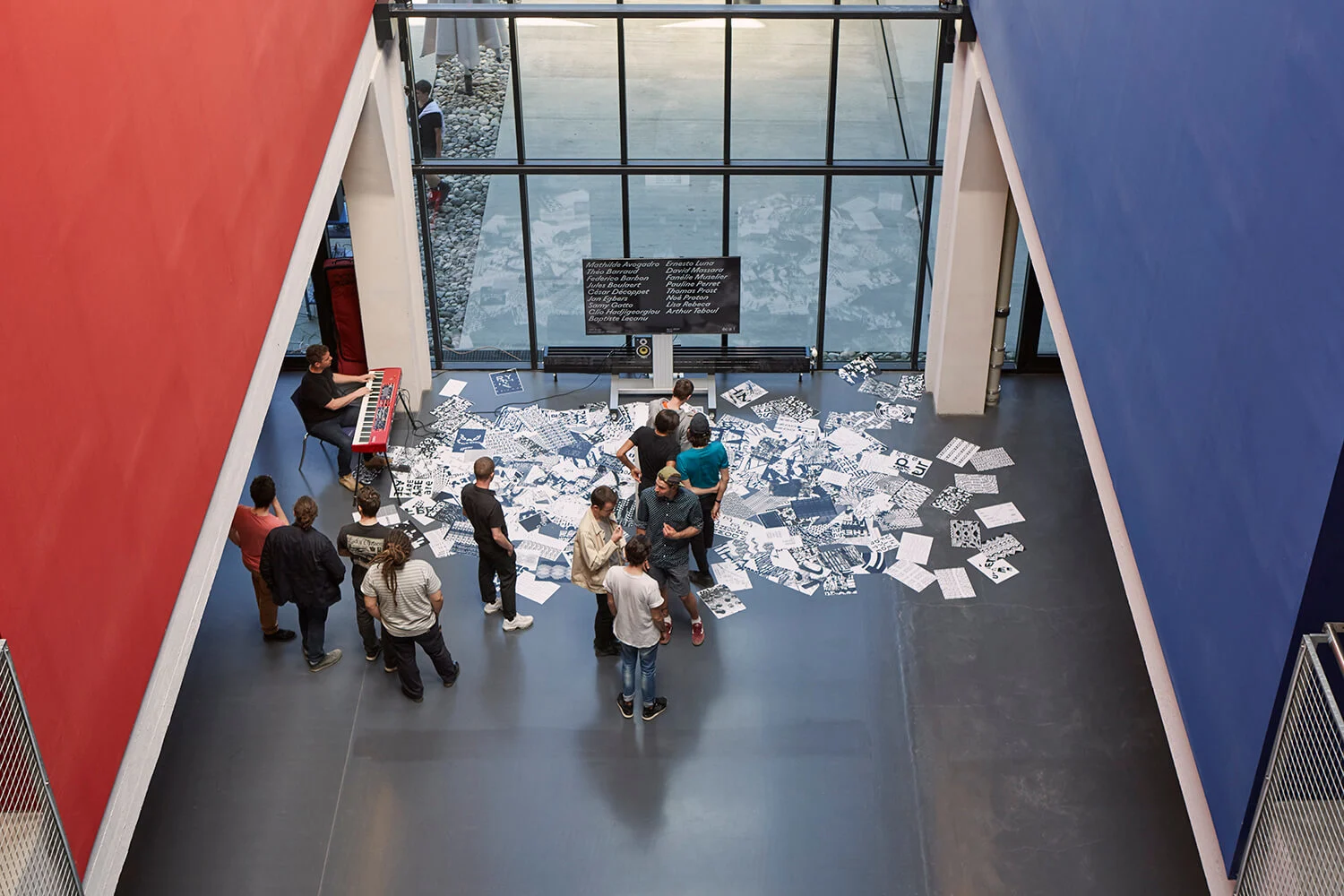
Bringing together vast influences in the hope of inspiring something new is reflective of ECAL as a whole. “I like surprises,” says Angelo. “I’m happy when the students don’t follow the models or examples we’ve already seen.” A minuscule moment of realization is something he looks for – something he describes as déclic.
A French word meaning “trigger” or “brainwave”, it describes that moment when a student, having previously struggled, begins to visibly progress. The déclic acts as a propellor to push things forward.
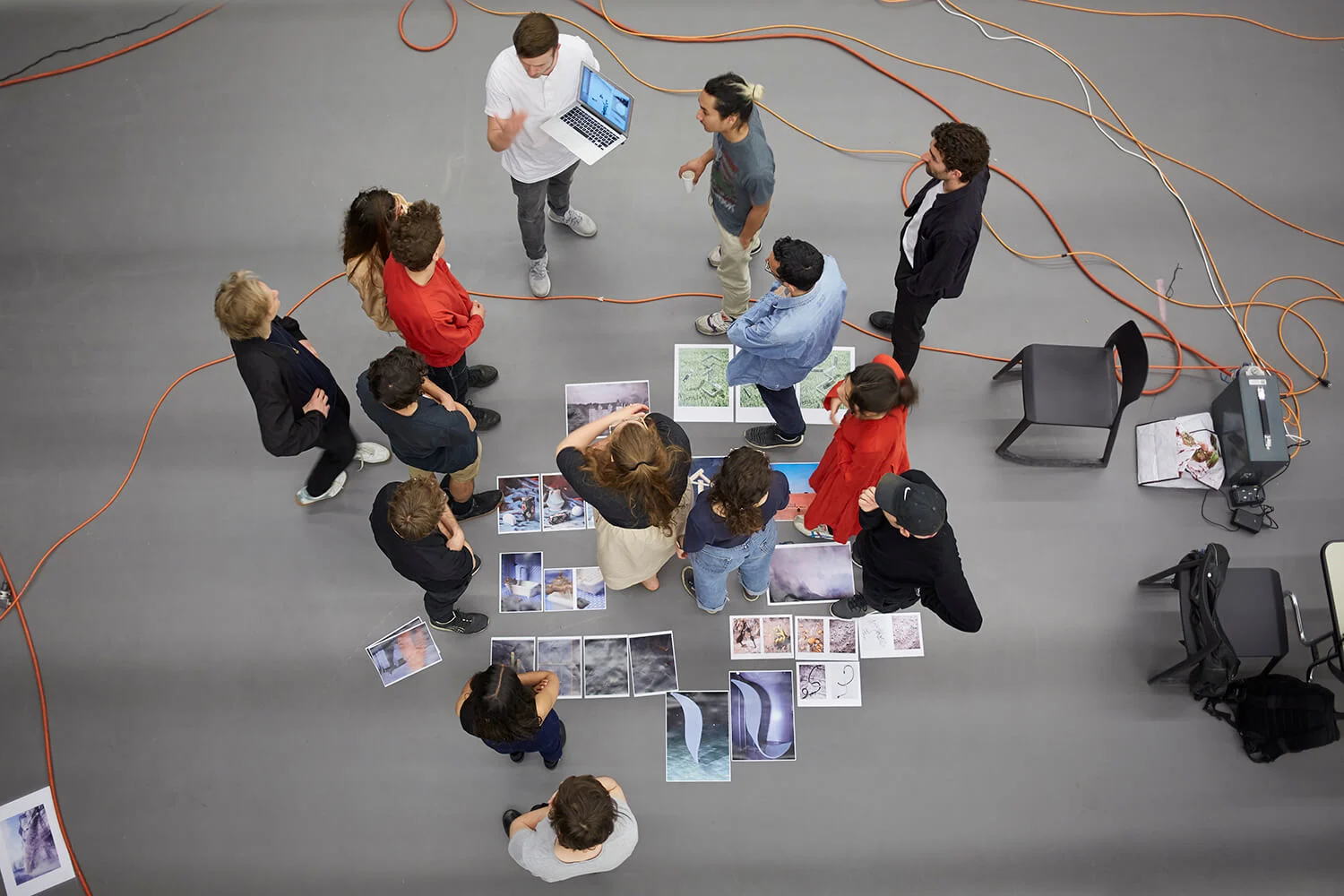
ECAL has created a culture and space designed for déclics. Its history can be illustrated by a series of these moments and these tipping points cumulatively make up the school's forward-facing DNA. As a result, this small but no longer unassuming school in Switzerland has captured and maintained the interest of the wider design world.
And while its well-followed Instagram and the attentions of the press make ECAL feel more like a brand than a school, the reality inside its walls is quite different. "We're just a small family of friends trying to do our best for the students," Angelo says. Most importantly, it’s a safe and fertile space to nurture crazy ideas. "Just because it's education, doesn’t mean we can't have fun and take risks."
Words by Marianne Hanoun
Photos by Calum Douglas
Illustration by Jordan Andrew Carter
Name: ECAL (École cantonale d’art de Lausanne)
Location: Lausanne, Switzerland
Director: Alexis Georgacopoulos
Courses Offered: Foundation Year, BA Fine Arts, BA Graphic Design, BA Photography, BA Industrial Design, BA Media & Interaction Design, BA Film Studies, MA Fine Arts, MA Art Direction, MA Photography, MA Type Design, MA Product Design, MA Film Studies, MAS in Design for Luxury & Craftsmanship, MAS in Design Research for Digital Innovation
Clients / Collaborators: Novembre magazine, Vitra, Ikea, Camper, BMW, Nestlé, Orchestre de la Suisse Romande
Notable Alumni: BIG-GAME, Gavillet & Cie, Michel Charlot, Christophe Guberan, Nicolas Le Moigne


